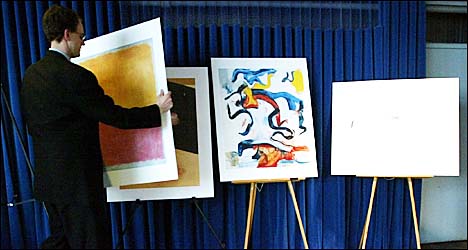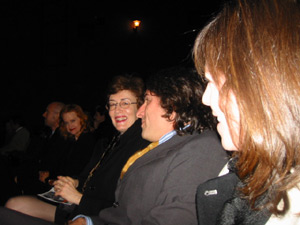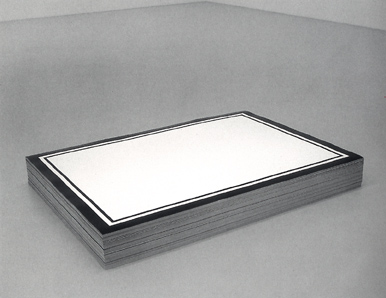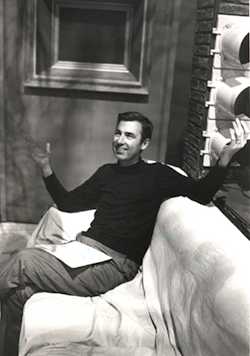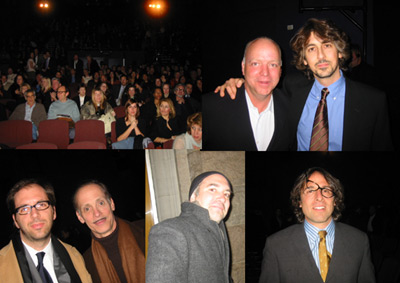
Vince Vaughn, US Marshall (Plan evangelist) image: ecalos.com
My dad is in town for a meeting, and he brought his free USA Today down Via IP: This USAT article about Americans abroad feeling burned by Bush’s wildly unpopular unilateralist “megalomania.” The punchline stars Vince Vaughn:
But one incident really stung.
“Man, it was bad,” says the Rat Pack-y star of Swingers. “These girls saw us and were kind of flirting, and they kept asking us if we were American. Finally we said, ‘Yes,’ and they just took off.
“One girl turns and says, ‘We were hoping you were Canadian.’ Canadian? Since when was it cooler to be Canadian?”
Welcome to the New World Order, baby.



